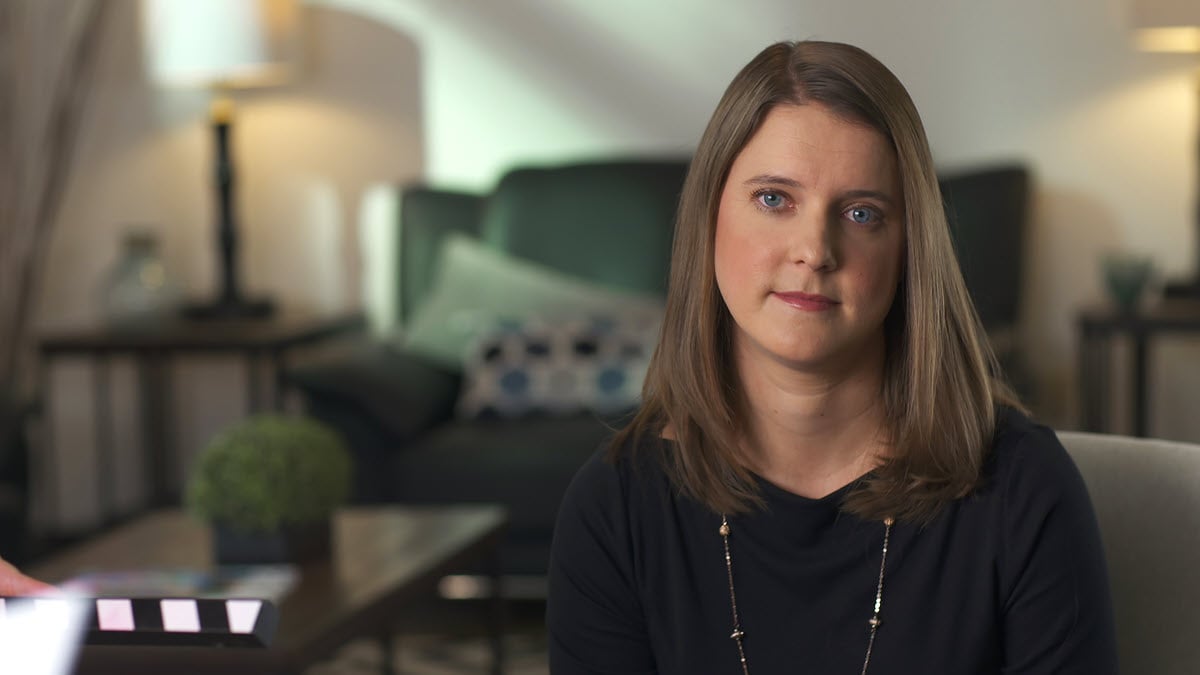Key points
Kelcie was diagnosed with inactive tuberculosis (TB), also called latent TB infection, and completed treatment to prevent the development of TB disease. She encourages others to do the same.

Kelcie's story
Kelcie was diagnosed with inactive TB, also called latent TB infection, during a health exam after a year living outside of the United States.
TB germs can live in the body without making you sick. This is called inactive TB, or latent TB infection. People with inactive TB are infected with TB germs, but they do not have active TB disease. They do not feel sick, do not have symptoms of TB disease, and cannot spread TB to others.
Without treatment, people with inactive TB can develop active TB disease at any time and become sick. People with active TB disease may also be able to spread the germs to people they spend time with every day.
Like many people, Kelcie wasn't familiar with inactive TB and wasn't sure what she should do about it.
"At the time, I didn't really understand the difference between latent [inactive TB] and active tuberculosis. I didn't understand what steps I would have to take considering I wasn't actually sick. So, I think at the time my biggest concern was getting more information of what the next steps are, how likely is it that I'm going to get sick, am I going to get sick immediately," says Kelcie.
Treatment
Kelcie's doctor was very knowledgeable and spent time answering all of her questions. "She explained to me that the difference between latent [inactive] and active TB was that essentially I had this bacteria in my body but was not sick, was not contagious, I was not putting anyone else at risk. However, that meant that I could in the future develop active TB, and be sick, and be putting other people at risk," Kelcie explains.
Her doctor presented her with a couple of different treatment options for her inactive TB to prevent developing active TB disease in the future. "One was a more traditional nine-month treatment option. But the other was a newer option that was only three months. And while my doctor presented the pros and cons of both, she definitely recommended the three-month option," recalls Kelcie.
While all the treatment regimens for inactive TB are effective, health care providers should prescribe the more convenient shorter regimens, when possible. Patients are more likely to complete shorter treatment regimens.
Once she began treatment, her local health department helped facilitate her treatment and answered the questions she had along the way. They came to her house once a week to deliver the pills, which Kelcie found very convenient.
Kelcie's message
As someone who decided to take treatment for inactive TB to prevent active TB disease, Kelcie encourages others to do the same.
"Now when I'm sick, I'm not worried that I have TB. And I know that it was handled and taken care of, and I have a lot more peace of mind. I would love people to have more awareness about TB and how easily latent TB can be treated, so that maybe people will get tested more and we'd have less issues with people having active TB disease and being sick and contagious," says Kelcie.
If you are a TB patient, survivor, or family member in need of support, We Are TB is a community of TB survivors, people being treated for TB, and their family members who are committed to the common goal of eliminating TB.
